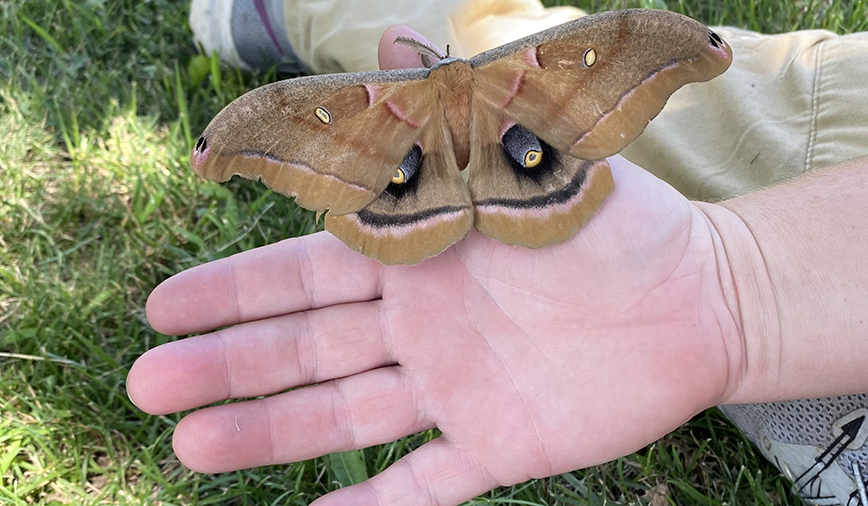April 3, 2015 Polyphemus The large, feathery antennae of this polyphemus moth identify it as a male. These delicate and sensitive structures can detect a single molecule of female moth pheromone from miles away. Let this be a lesson to you all: The next time someone brings you a cocoon and you promise to store
Bird Sounds
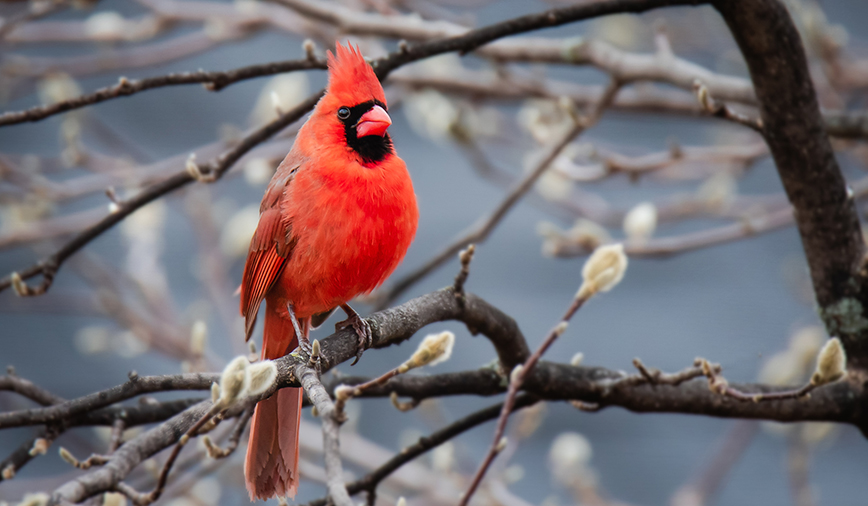
March 20, 2015 Bird Sounds What a difference a couple of weeks make. When I last wrote about walking to work, my musings about nature were punctuated, early and often, by rude recalls back to the present. I slipped and slid, falling tail over teakettle twice during the nearly four-mile adventure before finally arriving, soggy
Bird Sounds, Calling, NoiseHoney Bee
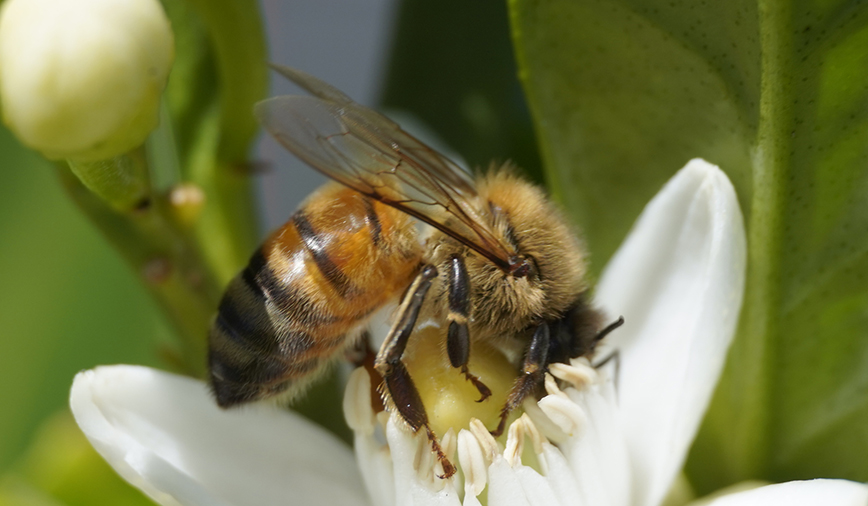
March 13, 2015 Honey Bees Have you seen me? This week’s warmup has local honey exiting their hives and letting go a little. Or, actually, a lot. The warmer temperatures we’ve had these past few days really have things flying: Mud, as my dog Joey runs through our very moist yard. Sandhill cranes, high in
Bee, Honey Bee, InsectRecycling Nature
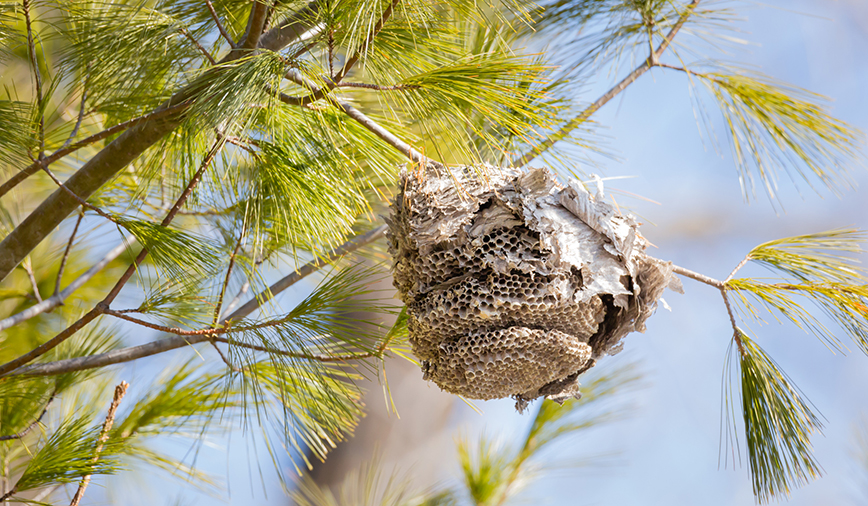
March 5, 2015 Recycling Nature Only a couple of sealed pupal cells remain inside this predated baldfaced hornets’ nest. The rest of the colony’s larvae were consumed by the animal that opened the nest and took advantage of the free, albeit frozen, food. I walked to work the other day. I know, not really earth-shattering
Nature, Recycle, ReuseBird Tracks
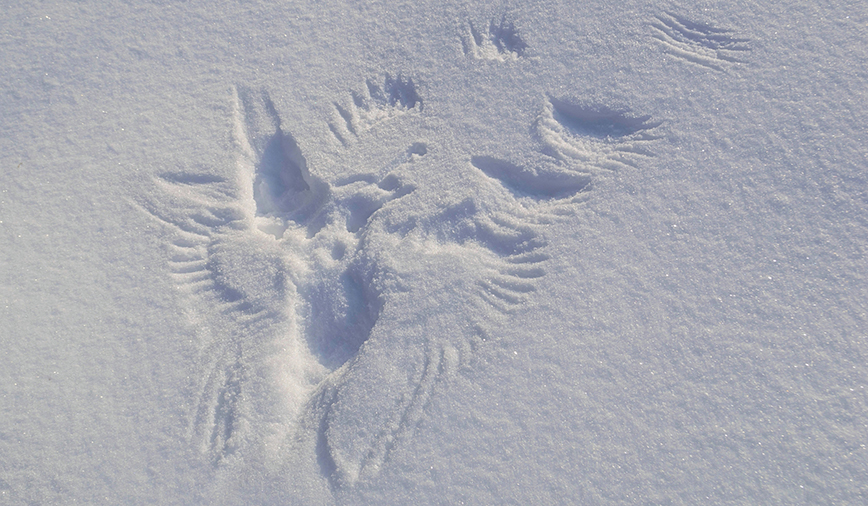
February 27, 2015 Bird Tracks Good Natured reader Vanessa Quillinan spotted this birdy “snow angel” last year while snowshoeing at Corron Farm in Campton Township. Judging by the size of the wingspan, as well as other clues at the scene, Vanessa guessed that the print was made by a hawk. Anyone who’s ever kept a
Animal Tracks, Bird, TracksMink Tracks
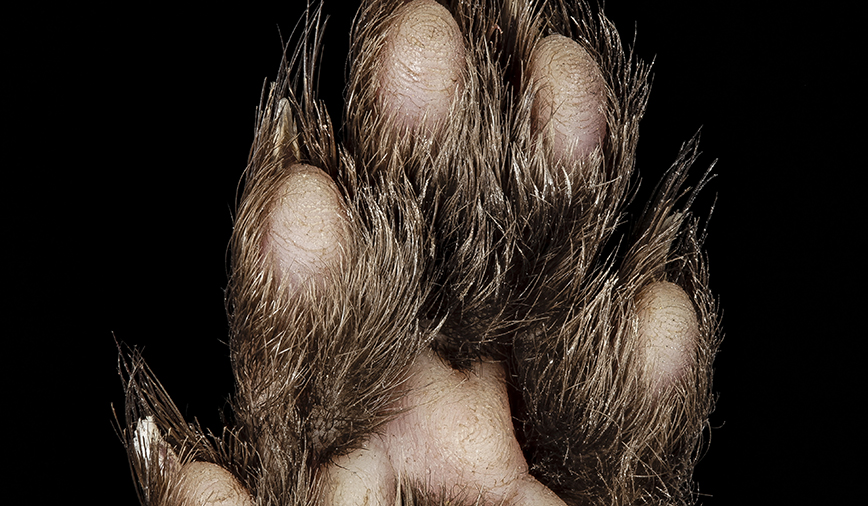
February 20, 2015 Mink Tracks Well furred to guard against the cold, mink paws have five toes and measure from 1 ¼ to 2 in. in length. Mink live where prey animals are plentiful. In the TriCities, their habitat ranges from marshes and streambanks to retention ponds in subdivisions and shopping complexes. Several years ago,
Animal Tracks, Mink, TracksRabbits Squirrels
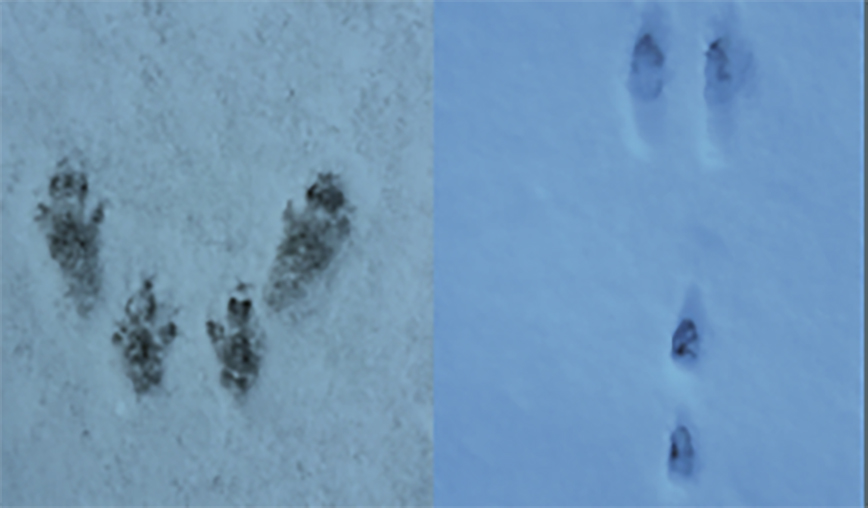
February 13, 2015 Rabbits and Squirrels Squirrel prints are pictured, left, next to rabbit, right. If you were to draw an outline around the SQuirrel tracks, you’d find them to be SQuare-ish in shape, while rabbit tracks form an approximation of a Y, as in bunnY. If you happen to live on the edge of
Animal Tracks, Rabbits, Squirrels, TracksRaccoon Opposum Skunk Tracks

February 6, 2015 Raccoon, Opossum, Skunk Tracks This photo of a raccoon track, submitted by a Good Natured reader, clearly shows the imprint of the five digits on the animal’s left front paw. It also indicates two other things: That tracks will spread as snow melts and refreezes, causing them to appear larger than they
Animal Tracks, Opposum, Raccoon, Skunk, TracksCoyote Fox Dog Tracks
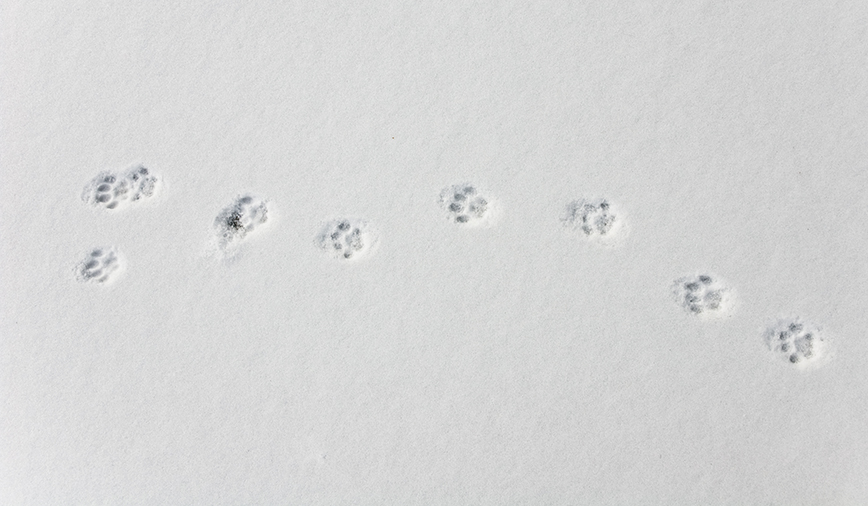
January 30, 2015 Coyote Fox Dog Tracks Masters of effi ciency, red foxes and coyotes walk in direct register, meaning they place their hind feet directly on top of the prints left by their front feet. This trait means their tracks typically proceed in a straight line. In this photo, taken as a light snow
Animal Tracks, Coyote, Dog, Fox, TracksTracking Deer
January 23, 2015 Tracking Deer Last week’s Good Natured photo showed a typical tracking scenario: a well-used trail in a suburban park. But hidden in plain sight amid all the foot traffic was the track of a white-tailed deer, above. The strategically placed lip balm serves as a guide to relative size. Walking along a
Animal Tracks, Deer, Tracking, White-Tailed Deer
